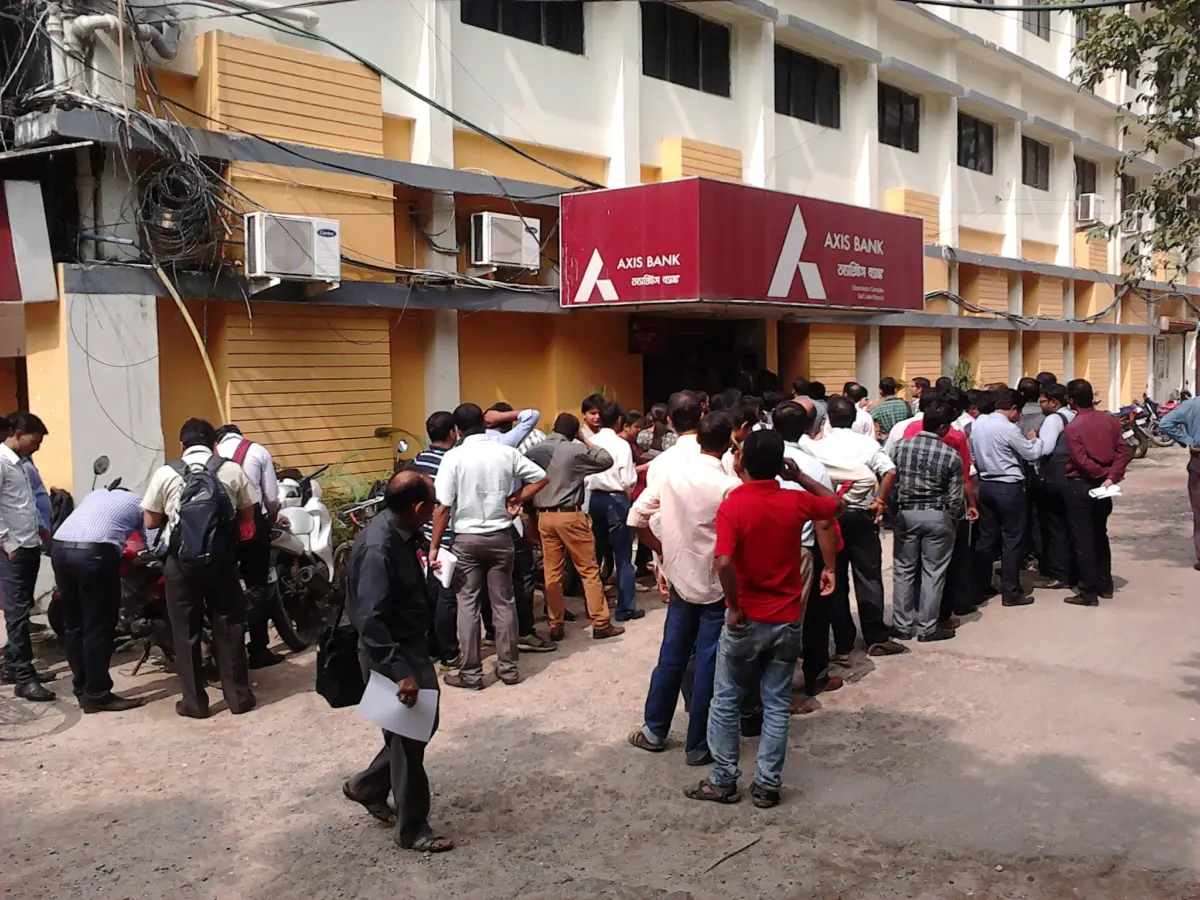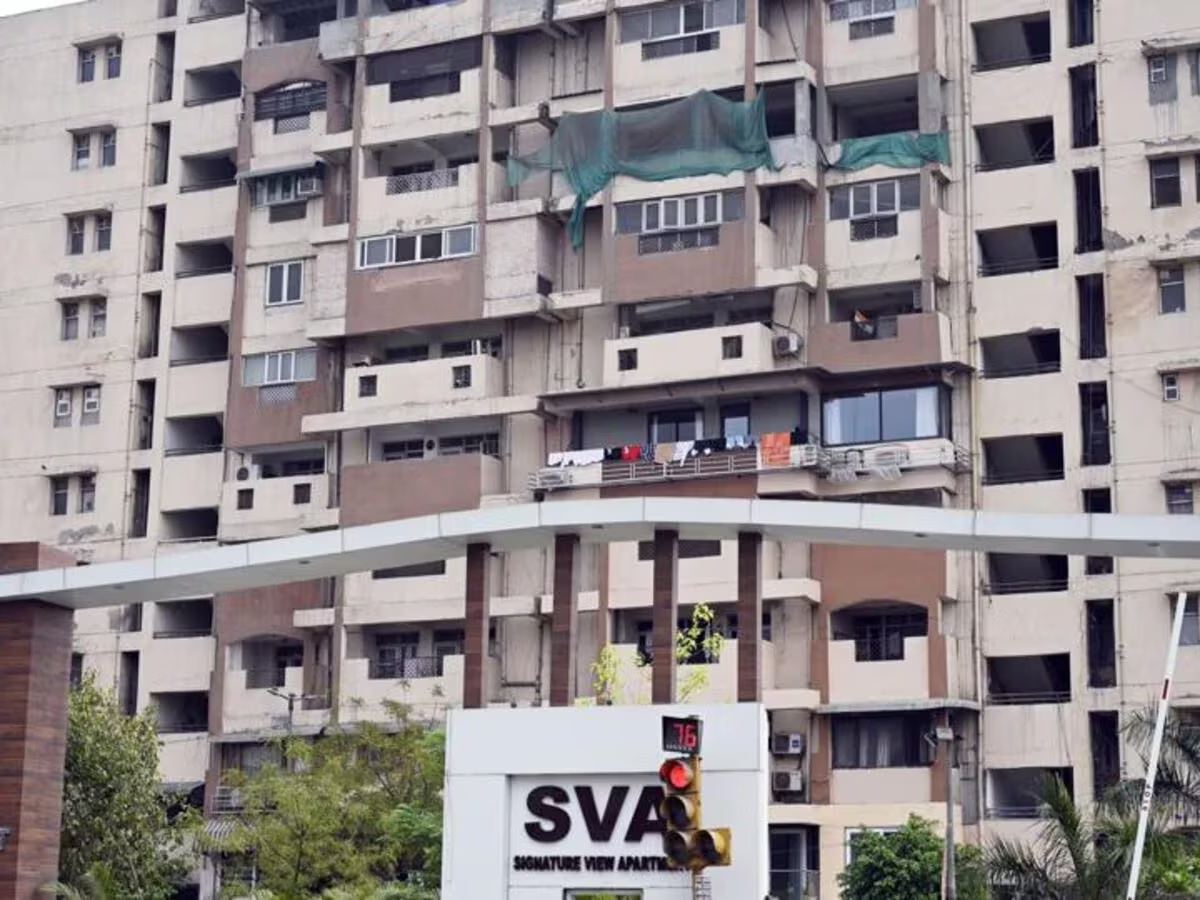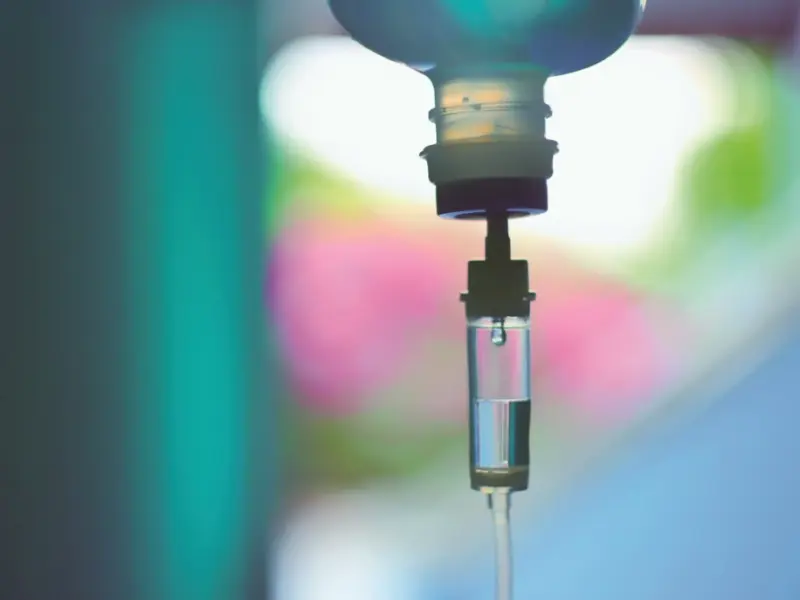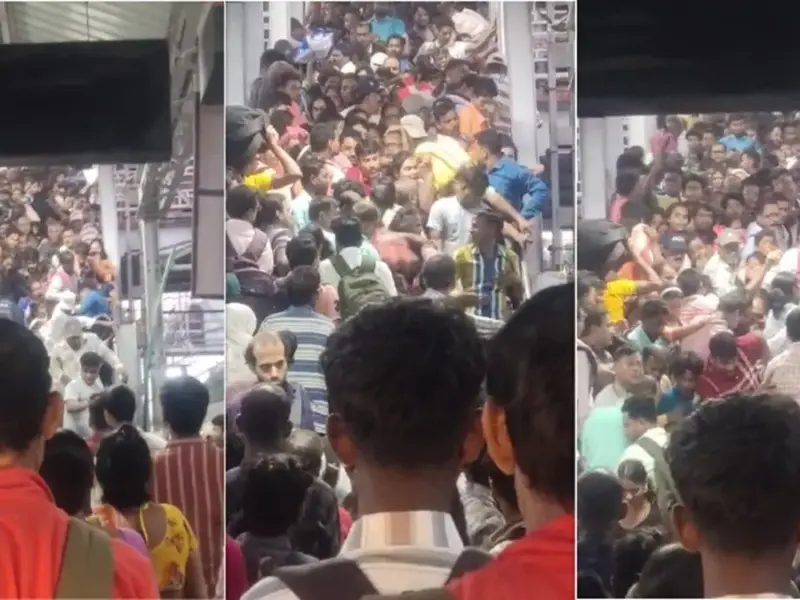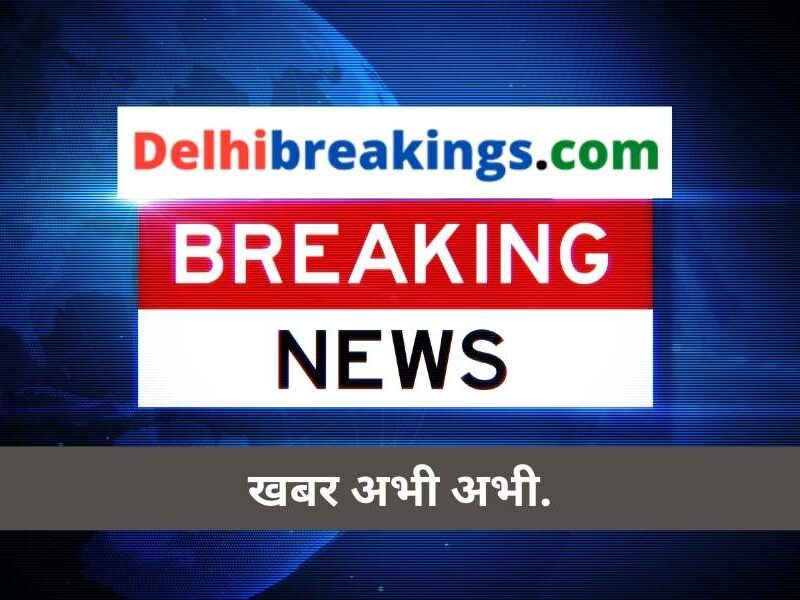In a significant development, the Government of India is considering a proposal to double the insurance coverage on bank deposit amounts from the current limit of ₹5 lakh to ₹10 lakh. The final decision is expected to be taken soon, with senior officials from the finance ministry and related agencies already working on the modalities of implementation.
This move, once cleared, would be the first revision in deposit insurance since February 2020, when the coverage was raised from ₹1 lakh to ₹5 lakh in response to the crisis at Punjab and Maharashtra Co-operative Bank.
Deposit Insurance and Credit Guarantee Corporation (DICGC) to Handle Increased Liability
The Deposit Insurance and Credit Guarantee Corporation (DICGC)—a wholly owned subsidiary of the Reserve Bank of India (RBI)—is the designated agency responsible for insuring deposits in commercial banks, regional rural banks, cooperative banks, and similar institutions.
Currently, depositors are assured protection up to ₹5 lakh in case their bank faces insolvency or is placed under moratorium. With the proposed revision, this insured amount may increase to ₹10 lakh, providing greater confidence and security to account holders across the country.
Background: Deposit Insurance Limit Has Been Revised Only a Few Times Since 1962
Deposit insurance was first introduced in 1962, with a modest coverage limit of ₹1,500. Over the decades, the limit was gradually raised:
-
₹20,000 in 1976
-
₹30,000 in 1980
-
₹1 lakh in 1993
-
₹5 lakh in 2020
The 2020 revision was particularly significant as it followed the collapse of PMC Bank and other financial stress cases in the cooperative banking sector. The current deliberation to increase the limit to ₹10 lakh is the first of its kind since that major policy shift.
90-Day Refund Window for Depositors in Case of Bank Collapse
As per existing rules, if a bank is declared insolvent or is put under moratorium, depositors are eligible to receive their insured amount within 90 days. The affected bank has 45 days to submit claims to the DICGC, and the DICGC is required to settle and disburse the insured amount within the next 45 days, ensuring timely relief for customers.
What’s Covered Under Deposit Insurance?
The insurance coverage includes savings accounts, fixed deposits, recurring deposits, current accounts, and even cooperative bank deposits. The maximum insured amount is applicable per depositor, per bank—including both principal and interest—up to the specified limit.
In other words, if a customer has multiple accounts with the same bank, the combined balance is covered only up to the insured ceiling (currently ₹5 lakh, proposed to become ₹10 lakh).
Ministry of Finance Likely to Finalize Proposal Soon
The Finance Ministry is expected to take a final call after detailed discussions with stakeholders including the RBI, DICGC, and select banking representatives. If approved, the move is likely to be announced in the upcoming Union Budget or earlier as part of financial sector reforms.
Industry experts believe that raising the insurance limit will encourage more savings in formal banking channels, particularly among small depositors and rural account holders.
